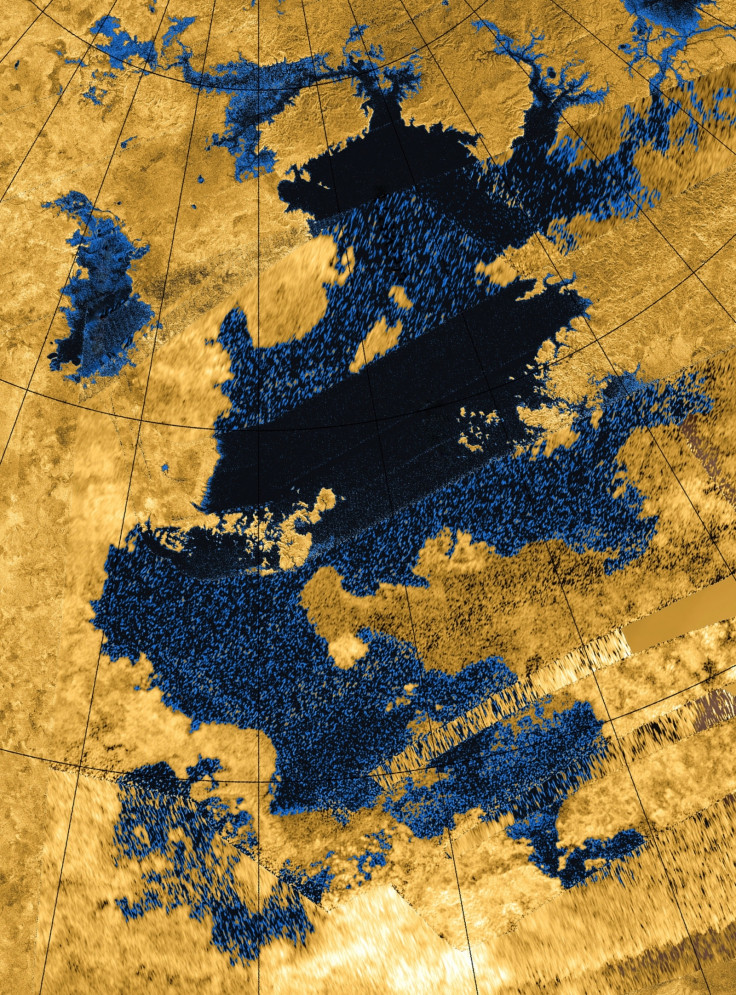Nasa sending space submarine to explore Kraken Mare, the -184°C alien ocean on Titan
The ocean on Saturn's largest moon measures 400,000 sq km and is mainly composed of liquid methane.
Nasa is planning an ambitious mission to explore a vast liquid ocean on Saturn's largest moon, Titan, using an autonomous space submarine.
The ocean – which measures 400,000 sq km – was discovered by the Cassini space probe in 2008 and is named Kraken Mare after the legendary sea creature.
Titan is the only object in the universe, that we know of, where large bodies of liquid exist on the surface. These liquids flow through rivers and streams into lakes and seas, much like on Earth. However, they are mostly composed of hydrocarbons, such as methane and ethane, not water.
Astrobiologists have speculated that Titan may be able to support life. However, conditions on the moon would mean any lifeforms would look very different to those on Earth.
While missions for exploring extra-terrestrial oceans have been proposed in the past, they have mostly involved simple operations involving deep-sea probes.
"As such no one has yet envisioned what such a craft might look like, how it would operate or if it could be built," Nasa says on its mission website.
The autonomous vehicle is still in the concept stages but likely designs involve a submarine which will dive underneath the surface of the ocean in order to conduct scientific investigations.

One aspect of the vehicle that will prove particularly difficult, according to Nasa, is creating a submarine that will work in seas of liquid hydrocarbons, which are -184° Celsius.
Currently, researchers at the University of Washington, in collaboration with Nasa, are conducting experiments to simulate the types of conditions that any future submarine may encounter.
Furthermore, an advanced spacecraft will be needed to carry the heavy payload to Titan – which is 1.4 billion kilometres away from Earth.
If the mission does eventually go ahead – the initial stages of the operations may begin within the next 20 years – it has the potential to revolutionise space exploration in the Solar System.
"By addressing the challenges of autonomous submersible exploration in a cold outer solar system environment, Titan Sub serves as a pathfinder for even more exotic future exploration of the sub-surface water oceans of [Jupiter's moon] Europa," Nasa says.
The Trump administration's 2019 budget for Nasa, which was revealed on Monday (12 February), has outlined a number of other plans for the near future ranging from putting astronauts into orbit around the moon by 2023 to developing "commercial urban air travel" – or in other words, flying drones.
On a more negative note for the space agency, funding will be cut for the International Space Station, as well as earth science and astrophysics missions.
Despite this unwelcome news, Nasa continues to provide us with fascinating glimpses into our Solar System. Last week, the New Horizons spacecraft made history by capturing the farthest image ever taken from Earth at a distance of 6.12 billion kilometres.





















